The Secrets of Galen’s Anatomy
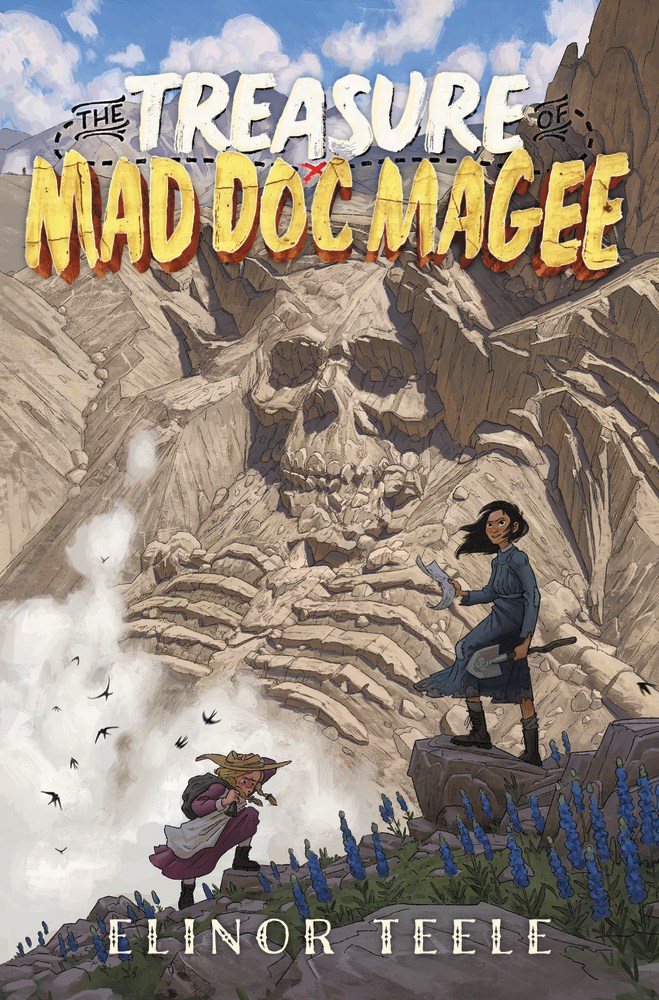 In Chapter Four of The Treasure of Mad Doc Magee, Jenny and Pandora unearth a mysterious medical textbook called Galen’s Anatomy in Doc Magee’s office.
In Chapter Four of The Treasure of Mad Doc Magee, Jenny and Pandora unearth a mysterious medical textbook called Galen’s Anatomy in Doc Magee’s office.
Galen was an ancient Greek physician, one of the founding fathers of medicine. The girls also discover a print of Leonardo da Vinci’s Vitruvian Man—a “cosmography of the microcosm.”
By this point in the story, keen readers may have noticed that Jenny’s home is full of landscape features with human characteristics, including:
• The Sleeping Girl
• The Crooked Man
• The Gorge
• The Wise Women
Even innocuous places such as Lake Snow (named in honor of Doctor John Snow) and Mount Lister (named in honor of Doctor Joseph Lister) have a hidden history.
You may find it worth your while to read the excerpts from Galen’s Anatomy at the beginning of each chapter. There is meaning behind the madness!
Chapter 3
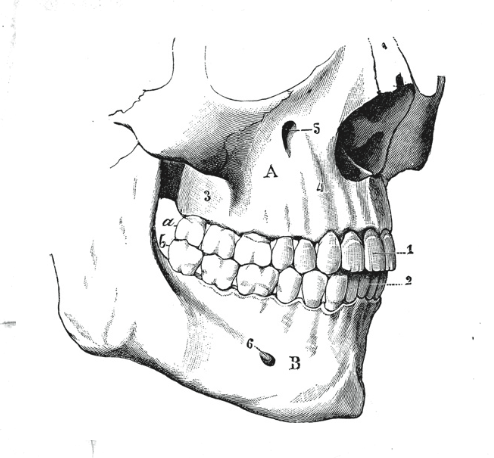 The relics of villainous men, for some reason, often have excellent teeth.
The relics of villainous men, for some reason, often have excellent teeth.
Galen may have been thinking of Hamlet’s observation that “One may smile, and smile, and be a villain.” It’s interesting to note that Mr. Grimsby is sporting a rictus grin and Mr. Polk is grinding his molars.
Bonus Round: Check out page 290 in Chapter 22 and page 302 in Chapter 23 for more canine-related silliness.
Chapter 7
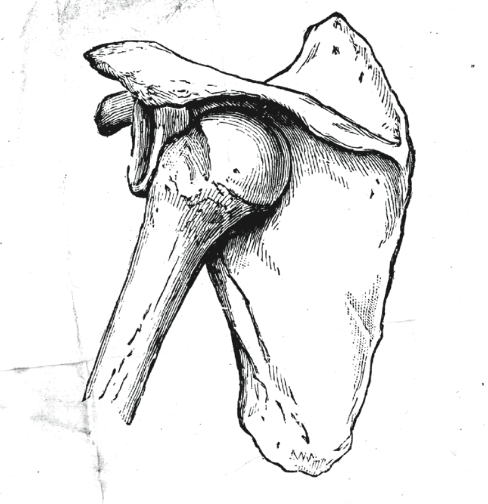 Shoulders are like generals, battling between freedom of movement and safety of formation.
Shoulders are like generals, battling between freedom of movement and safety of formation.
This is a paraphrase of the real-life Galen’s theory on why shoulder joints are prone to dislocation. He talks about the “antagonism between diversity of movement and safety of construction.”
As Jenny and Pandora discover, there’s an important connection between the shoulder and the place where they’re standing. You might also consider the girls’ attitudes at this stage of their quest: Jenny is all for immediate action; Pandora is much more cautious.
Bonus Round: At the end of the chapter, consider what joint Pandora needs to use to protect Jenny from her attacker.
Chapter 10
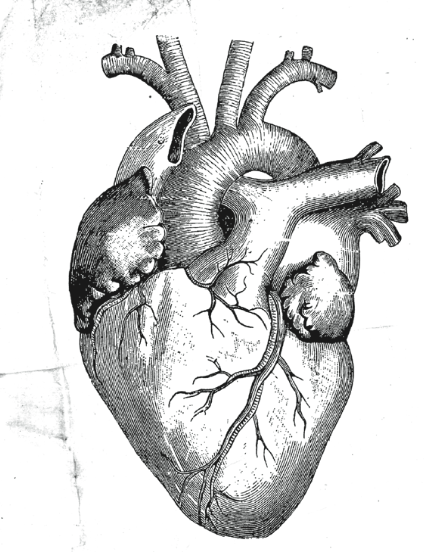 Where is folly bred? In the heart or in the head?
Where is folly bred? In the heart or in the head?
Galen is obviously riffing on Shakespeare’s quote in The Merchant of Venice: “Tell me where is fancy bred?” Note how many people in this chapter are in love, remembering past loves, or pretending to be in love. Somebody may even be having a “heart attack.”
You may also want to take a closer look at the parts of the heart, including the atria. There’s a reason for the bank’s design.
Bonus Round: Look up the meaning of Xiphoid in the Skeleton Map on page 77 and see if you can find it mentioned in this chapter.
Chapter 18
Scar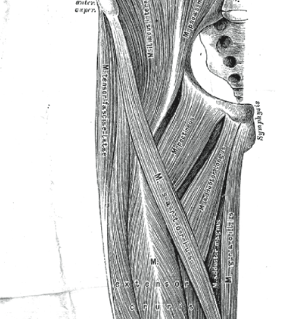 pa’s Triangle, in the upper part of the thigh, hides a vital artery.
pa’s Triangle, in the upper part of the thigh, hides a vital artery.
Galen is talking about the “femoral triangle”—an anatomical region that is bounded on three sides by the inguinal ligament, the adductor longus muscle, and the sartorius muscle. This triangle contains the femoral artery. In fact, one way to stop major bleeding in the thigh is to put pressure on points in this triangle.
Savvy readers may notice that there are three characters in this chapter, all of whom are working together on a triangle-based clue.
Bonus Round: Keep an eye out for the mention of the hamstring (another thigh muscle) in this chapter. It may be that some characters feel a little hamstrung by a person’s presence.
Chapter 22
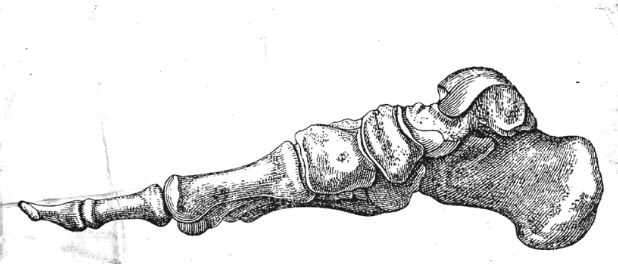 The only weak point on the body of the Greek hero, Achilles, was the back of his heel.
The only weak point on the body of the Greek hero, Achilles, was the back of his heel.
Galen is thinking of the Achilles tendon, which is prone to weakness & injury. In the Greek myth, Achilles’s mother dips her baby son in the River Styx to make him invulnerable to harm. But she has to hold him by the ankles to do it. Inevitably, Achilles is killed by a poison dart/arrow that punctures his heel.
There are all kinds of anatomical things happening in this chapter, including the appearance of a dead man’s hand, but look out for references to feet. Keep in mind, too, that “heel” is slang for a lowdown person.
Bonus Round: What is Jenny’s weak point (her Achilles heel)? What is Pandora’s?
